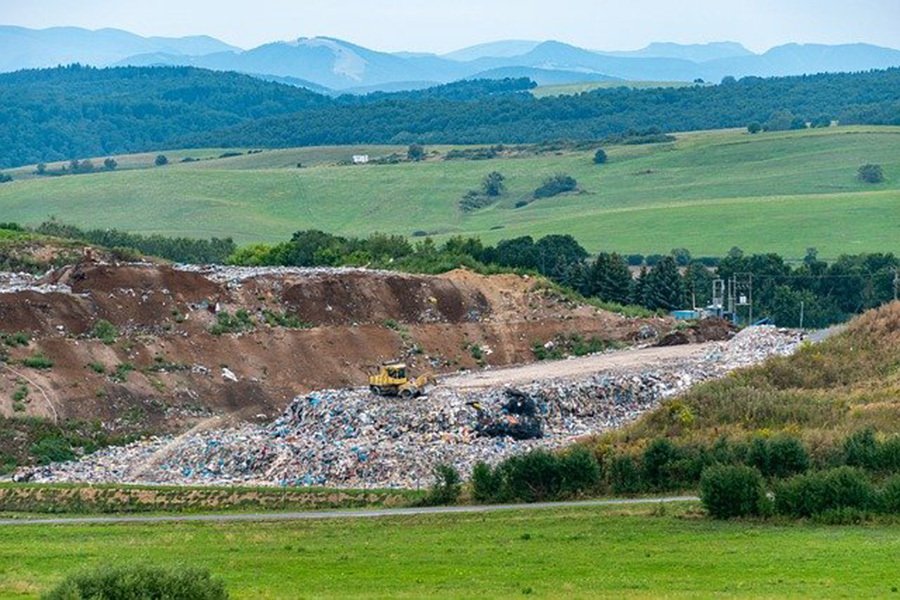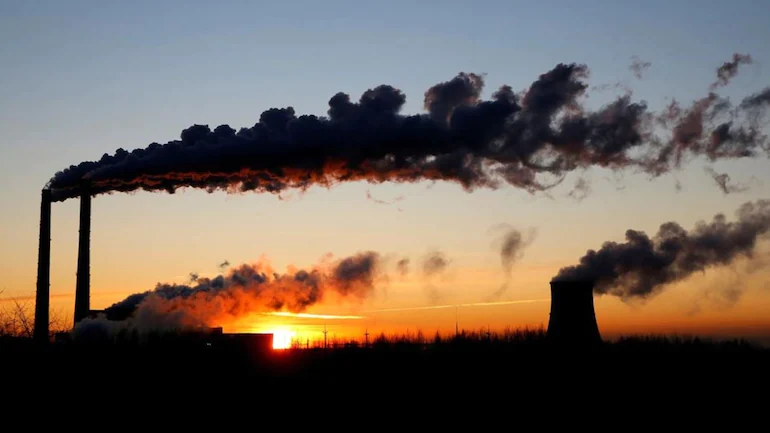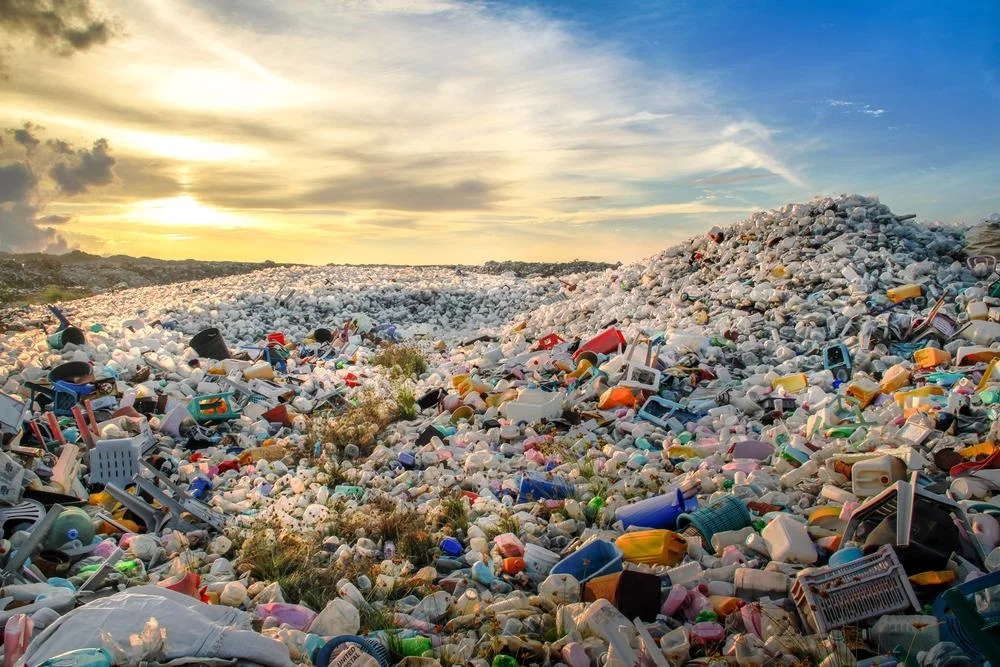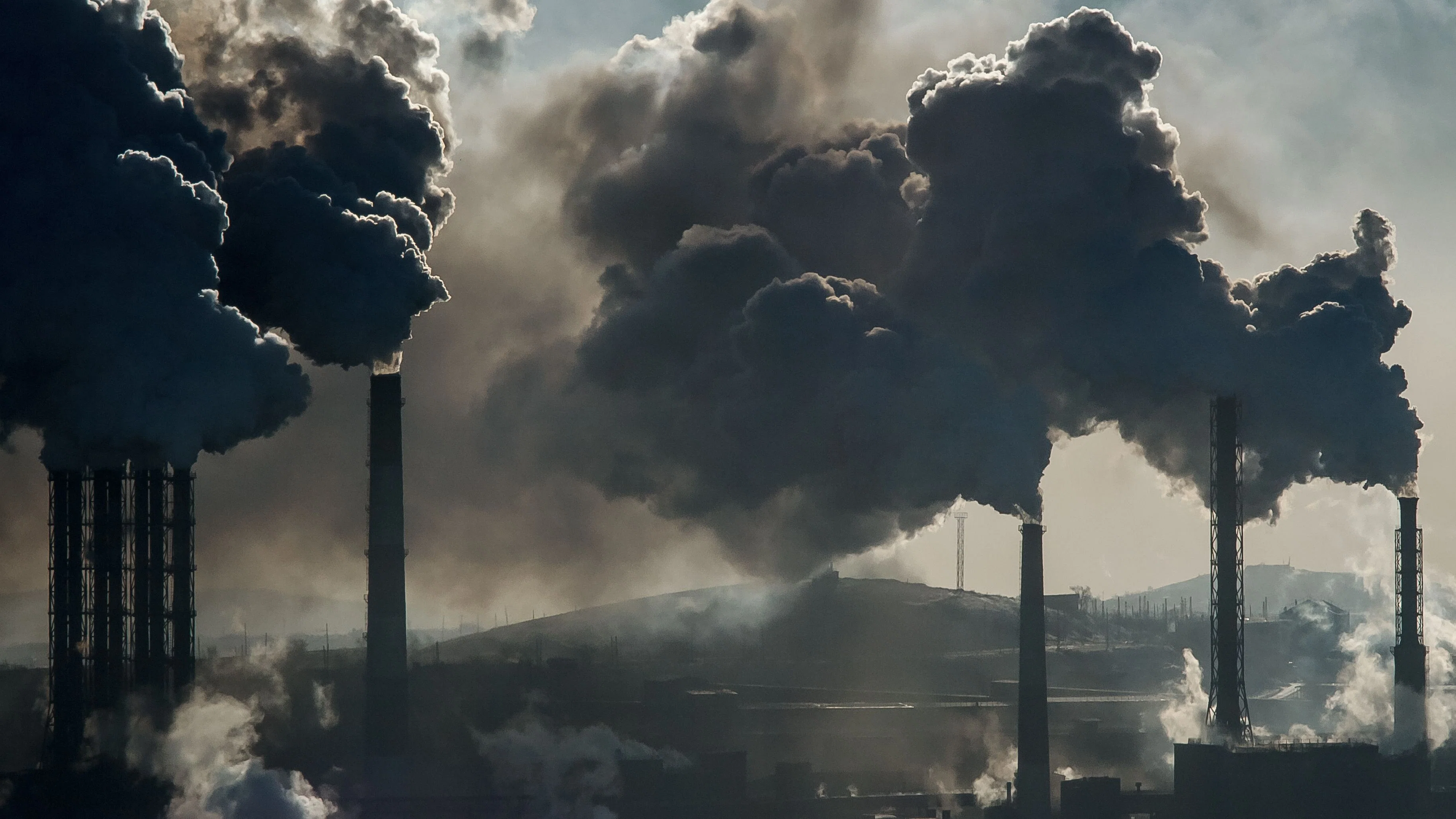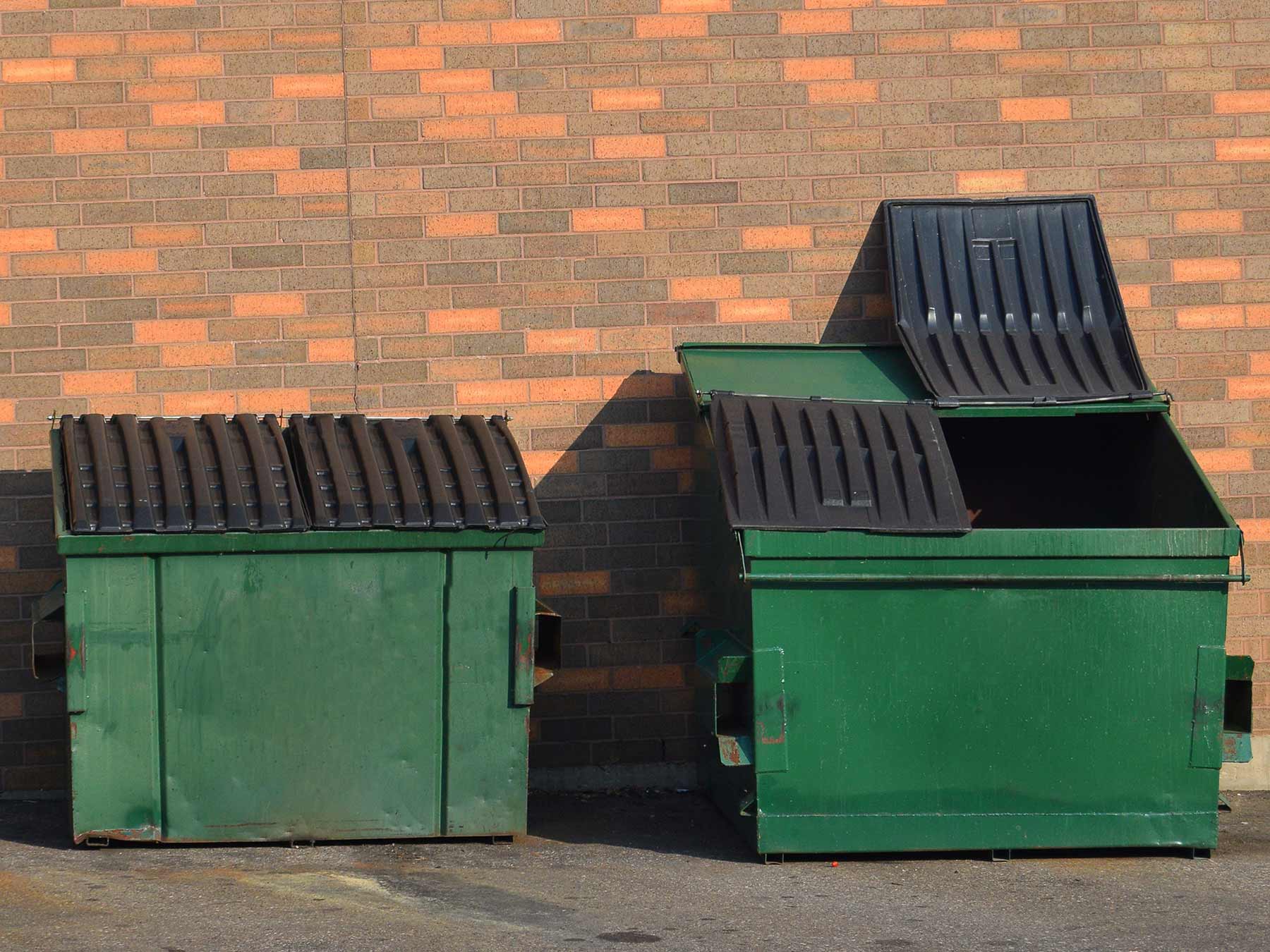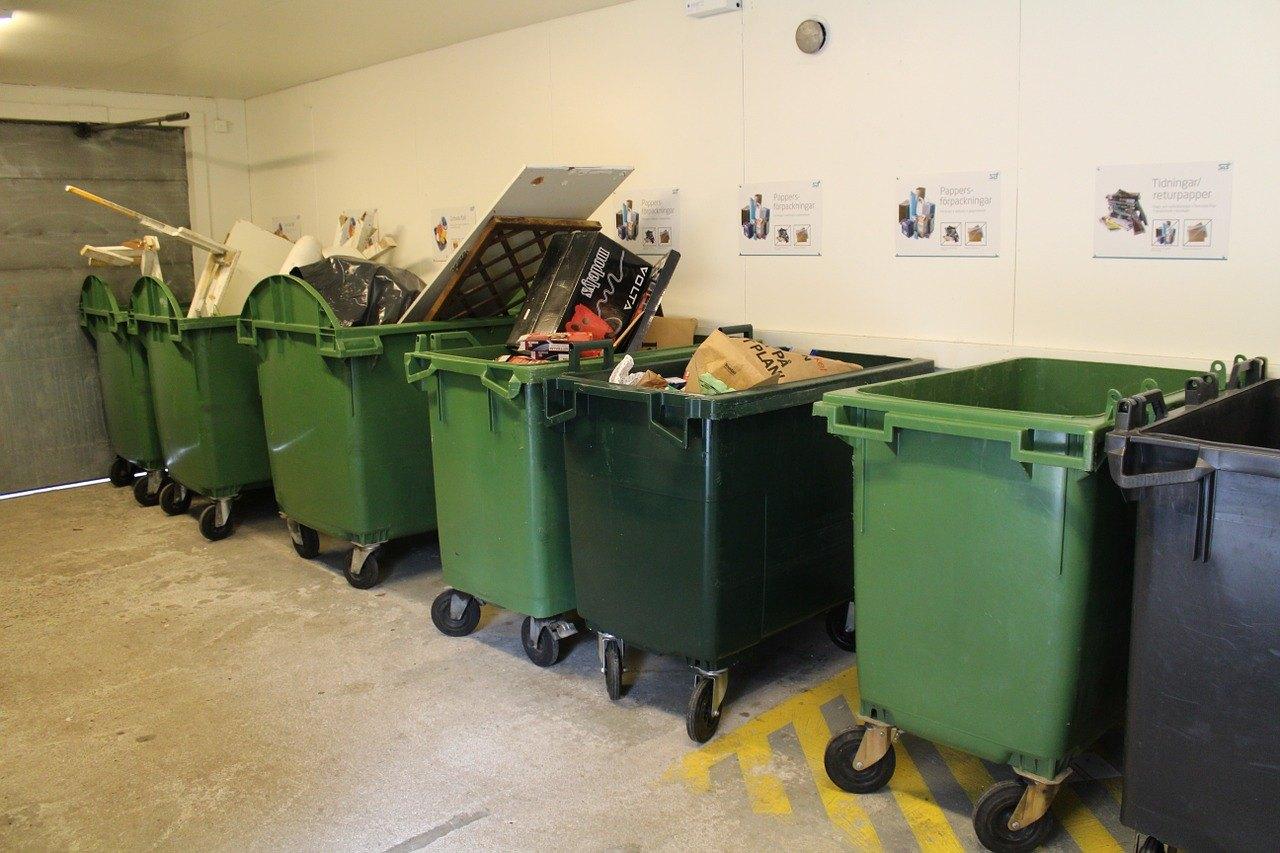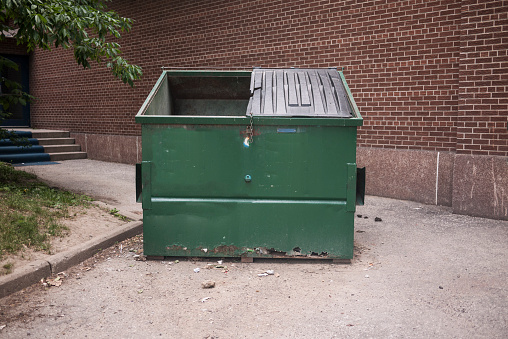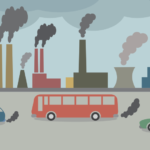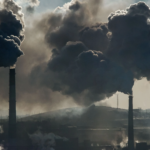Sanitary landfills are locations where waste is kept separate from the surroundings until it is deemed safe.
It is considered degraded when it has totally lost its biological, chemical, and physical properties. The level of isolation that can be achieved in high-income countries may be significant. However, it is possible that such a costly significant concentration of isolation is not technologically necessary to safeguard health in order to protect the general public. Before a location can be considered a sanitary landfill, it must first meet four fundamental requirements (see following.) The methods used to accomplish this should be tailored to the specific circumstances of each location. The immediate aim is to fulfill, to the greatest extent possible, the given set basic sanitary waste disposal conditions, with the longer-term goal of eventually meeting them in their entirety in the future.
It is more likely that small small improvements in waste disposal construction and optimization over a period of several years will be successful than attempts at making a single, significant leap in design expectations.
Large landfills will necessitate greater investment in order to maintain or improve benchmarks than smaller sites. However, as the size of the site grows, the unit cost of these improvements (measured in terms of metric ton landfilled or per cent of adults served) will decrease as a result. Sites of long operating lifetimes reap financial as well as other benefits as a result of their longevity (ten years or more). Large regional locations serving two or even more cities may be economically advantageous, provided that waste transportation costs are not prohibitively expensive.
Requirements Fundamentals
Four fundamental conditions must be met by the design and operation of any landfill site before it can be considered a sanitary landfill at the very least:
In the event that a site could be located on land that naturally includes leachate security, extra lining components should be transported to the site to greatly lower leakage from the site’s base (leachate) and help decrease groundwater pollution and surrounding soil. Full or partial hydro – geological isolation If a liner is provided, whether it is made of soil or synthetic material, and no system of effluent collection is in place, all leachate will finally hit the surrounding environment. It is essential to emphasize the importance of effluents collection and treatment as a fundamental requirement.

Design should be established from local hydrogeologic investigations. Formal engineering preparations should be made. It is also necessary to develop a plan for waste disposal as well as a plan for final restoration. Read also In The United States, Pennsylvania Has The Highest Rate Of Premature Deaths Per Capita Due To Air Pollution Of Any State.
Permanent control: trained personnel should be stationed at the dump to supervise building works and construction, waste depositing, and the routine operation and maintenance of the facility.
Waste turret mounted and covering should be planned in advance: waste must be spread in strands and compacted. By having a small work surface that is covered every day, pests and vermin are less likely to gain access to the waste.

